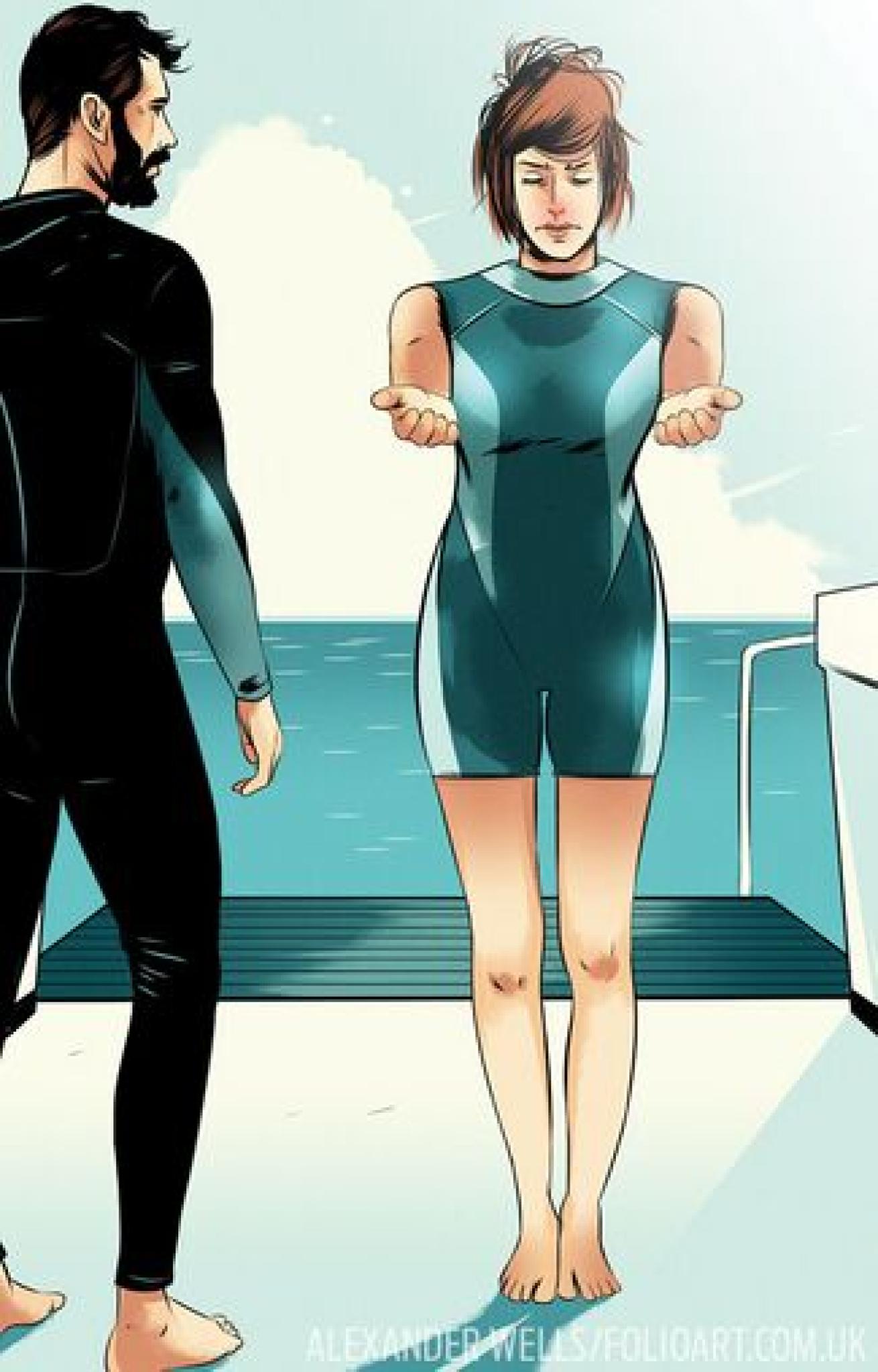DAN's Neurological Exam for Diagnosing DCS In The Field

Alexander Wells/folioart.com.ukThis easy-to-learn neurological assessment from DAN can be done by individuals with no medical experience to help diagnose DCS in the field.
Sometimes a scuba diver suffering DCS won't easily accept the fact that they're bent. Use this simple neurological exam to help diagnosis potential cases of DCS and click here to learn more about how to handle DCS while scuba diving.
1. Orientation
- Does the diver know his or her name and age?
- Does the diver know the present location?
- Does the diver know what time, day and year it is?
2. Eyes
- Have the diver count the number of fingers you display, using two or three different numbers.
- Check each eye separately and then together.
- Have the diver identify a distant object.
- Tell the scuba diver to hold their head still while you place your hand about 18 inches in front of the diver’s face. Ask the diver to follow your hand. Move your hand up and down, then side to side. The diver’s eyes should track your hand without any jerkiness.
- Are the pupils equal in size?
3. Face
- Ask the diver to purse their lips. Look carefully to see that both sides of the face have the same expression.
- Ask the diver to grit their teeth. Feel the jaw muscles to confirm that they are contracted equally.
- Instruct the diver to close their eyes while you lightly touch your fingertips across the forehead and face to be sure sensation is present and the same everywhere.
Related Reading: Ask DAN: What Do I Need to Know About Scuba Cylinder Safety?
4. Hearing
- Hold your hand about 2 feet from the diver’s ear and rub your thumb and finger together.
- Check both ears, moving your hand closer until the diver hears it.
5. Swallowing Reflex
- When the diver swallows, does the Adam’s apple move up and down?
6. Tongue
- When the diver sticks out their tongue, does it come out straight in the middle of the mouth?
7. Muscle Strength
- Instruct the diver to shrug shoulders while you bear down on them to observe for equal muscle strength.
- Check the diver’s arms by bringing the elbows up level with the shoulders and hands level with the arms and touching the chest. Instruct the diver to resist while you pull the arms away and push them back, up and down. The strength should be approximately equal in both arms in each direction.
- Can the diver lie flat and raise and lower the legs while you resist their movement?
Related Reading: What Is Inner Ear Decompression Sickness?
8. Sensory Perception
- Check on both sides by touching lightly, as was done on the face. Start at the top of the body and compare sides while moving downward to cover the entire body.
- Note: The diver’s eyes should be closed during this procedure. The diver should confirm the sensation in each area before you move to another area.
9. Balance and Coordination
- Can the diver walk heel to toe along a straight line while looking straight ahead?
- Have the diver stand up with feet together and closed eyes and hold their arms straight out in front of them with the palms up. The diver should be able to maintain balance.
- Have the diver lie down and instruct them to slide the heel of one foot down the shin of their other leg while keeping their eyes closed. The diver should be able to move their foot smoothly.
- Check these tests on both right and left.










